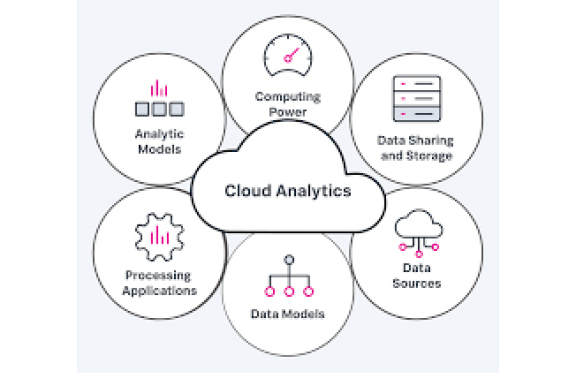Cloud analytics is likely to be one of the biggest analytics trends in 2017. According to a recent survey published by the consulting firm Enterprise Management Associates, cloud analytics was of key importance and an essential part of their analytics strategy for 70% of respondents.
What is Cloud Analytics?
Technopedia offers a good definition of cloud analytics:
“Coud analytics is a type of cloud service model where data analysis and related services are performed on a public or private cloud. These solutions and services are delivered through cloud models, such as hosted data warehouses.”
Benefits of Cloud Analytics
There are a number of benefits to hosted, cloud-based solutions, including:
- Low Startup Costs – You don’t have to make large capital investments by purchasing on-premise servers.
- Rapid Provisioning and Implementation – Implementation can take a matter of days and setting up new users or environments
- Accessibility – Cloud-based solutions are accessible anywhere and do not require a VPN connection.
- Reliability – Cloud infrastructure is more reliable than premise-based deployments.
- Scalability and Flexibility – It is easier and more cost effective to add space in a hosted environment.
- Risk Management – Most hosted solutions include risk management, redundancies, and disaster recovery, minimizing risk for the association.
Association Analytics® builds and maintains data warehouses in a virtual, private cloud on the industry-leading Amazon Web Services platform. Gartner recognized Amazon Web Services as a leader in the Magic Quadrant for Data Management Solutions for Analytics.
We use Amazon DynamoDB and Amazon Redshift. Amazon DynamoDB is a fast and flexible NoSQL database service and is a fully managed cloud database that supports both document and key-value store models. Amazon Redshift is optimized for data warehousing and more efficient when handling large quantities of data.



